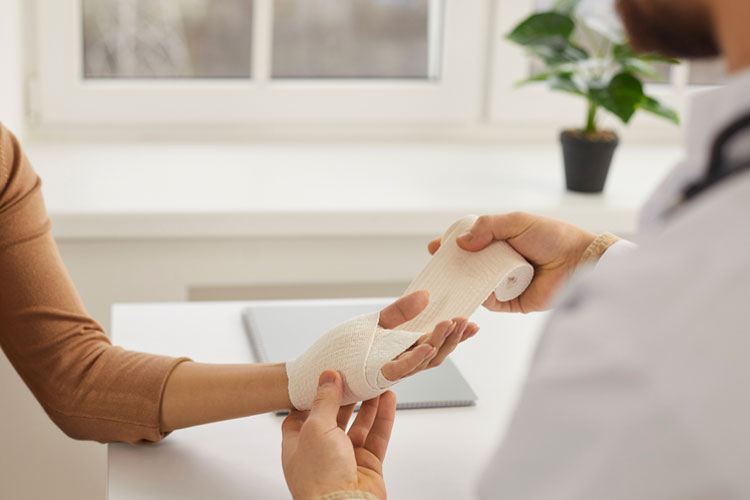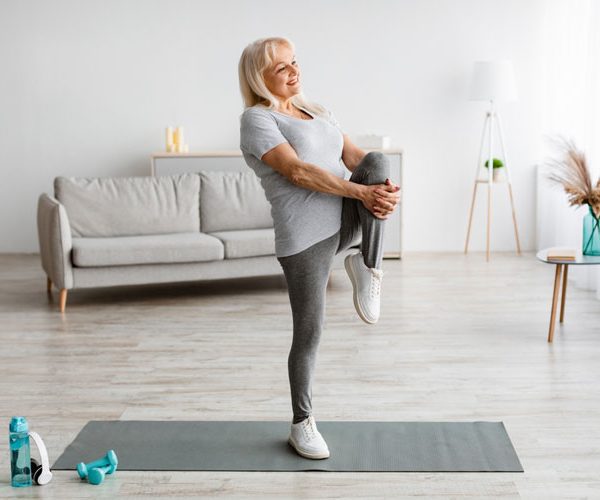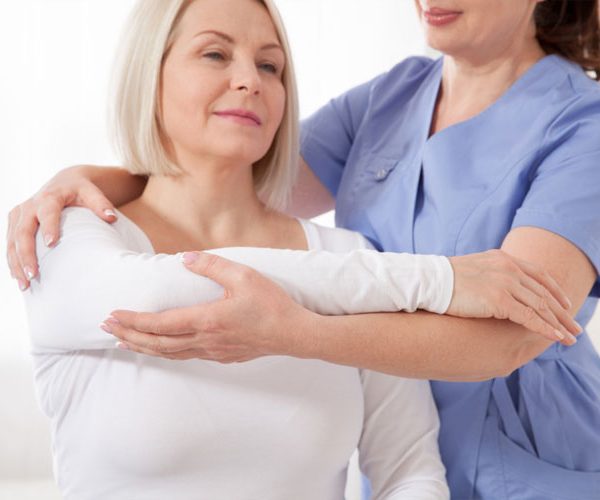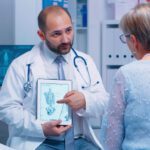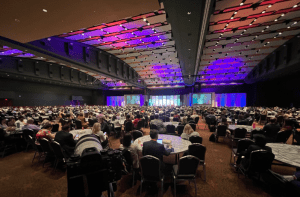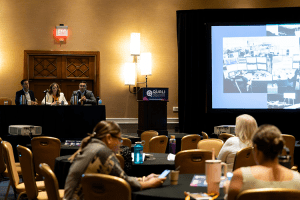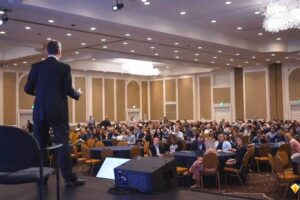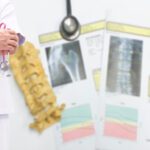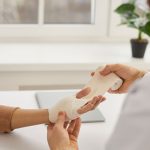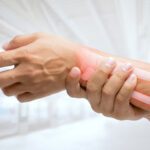According to the National Osteoporosis Foundation, approximately 10 million Americans have osteoporosis and another 44 million have low bone density, placing them at increased risk for a first bone fracture. This means that half of all adults age 50 and older are at risk of breaking a bone and should be concerned about bone health and how to Prevent a First Bone Fracture Occurrence.
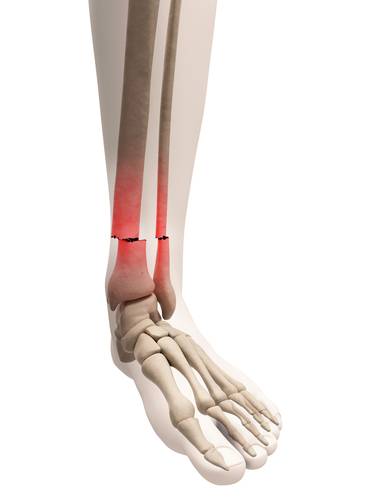
There is an extremely high mortality rate of patients, showing hip fracture among the first causes of death within the first year after the incident.
It is projected that by 2025, more than 3 million cases of osteoporotic fracture will occur annually, with an estimated cost of 25.3 billion dollars. However, many of these First Bone Occurrences could have been prevented if the family doctor had simply offered a routine bone density test.
 HEDIS – Medicare understands the significance of screening for osteoporosis, suggesting bone density testing for women at risk over the age of sixty-seven. A fracture then is at a critical pivot point, and when it occurs, a follow-up assessment should also take place by the following six months. The physician/provider must assure that the “Gap” is closed when a patient has a fracture. This means that if a patient has not had a bone density assessment two years before the fracture, there is still a six-month window to complete a bone density screening.
HEDIS – Medicare understands the significance of screening for osteoporosis, suggesting bone density testing for women at risk over the age of sixty-seven. A fracture then is at a critical pivot point, and when it occurs, a follow-up assessment should also take place by the following six months. The physician/provider must assure that the “Gap” is closed when a patient has a fracture. This means that if a patient has not had a bone density assessment two years before the fracture, there is still a six-month window to complete a bone density screening.
The HEDIS Osteoporosis Management of Women (OMW) strategy
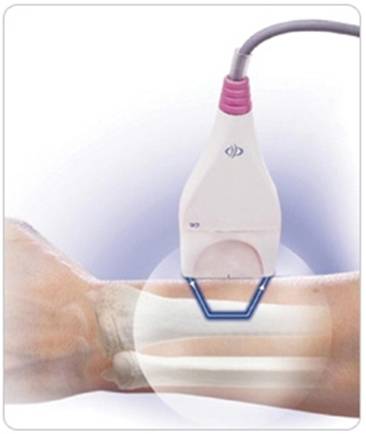 HEDIS OMW is emphasizing a way to manage and prevent the occurrence of a second fracture. Preventative medicine is becoming a recognized standard of medicine, rather than just treating the disease in a reactionary mode.
HEDIS OMW is emphasizing a way to manage and prevent the occurrence of a second fracture. Preventative medicine is becoming a recognized standard of medicine, rather than just treating the disease in a reactionary mode.
Bone Density screening is readily available, inexpensive and easy to implement by Insurance Providers and by the Physician providers at any medical office or clinic. To guarantee compliance and decrease costs, the focus must be on preventative osteoporosis screening. This can only be done when more doctors are offering this screening at their offices, clinics, or community events such as health fairs.
Under HEDIS, for HMO plans, having a bone density screening offering at the practice will directly improve their HEDIS OMW quality measure. This makes sure that all patients in that practice, group or region, will have their bone density screening done – and thereby also guaranteeing that HEDIS OMW Gaps are closed from the measured perspective.
The U.S. Department of Health and Human Services understands very well that there is a huge impact on our medical system, due to physicians ignoring osteoporosis screening.
Healthcare Research and Quality, an agency under the U.S. Department of Health and Human Services, further shows clear evidence for early detection from screening.
Information Supporting Need for the Measure / Screening of Bone Density:
Osteoporosis is a disease characterized by low bone mass and structural deterioration of bone tissue, leading to bone fragility and increased susceptibility to fractures. Disease development is gradual, progressing without symptoms until a minor fall or activity fractures a bone.
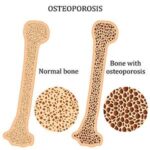
According to the National Osteoporosis Foundation, about 10 million Americans have osteoporosis and approximately 44 million are at risk for osteoporosis. About 80 percent of those affected are women.
One in two women – and one in four men – over age 50 will have an osteoporosis-related fracture in their lifetime, most commonly of the hip, wrist or spine.
The annual direct medical costs of osteoporosis and fractures range from $17 billion to $22 billion. By 2025, annual fractures and costs are expected to rise by almost 50 percent, most rapidly among seniors age 65 to 74.
Osteoporosis is responsible for more than 1.5 million fractures each year and results in 500,000 hospital admissions, 180,000 nursing home admissions, 800,000 emergency room visits, and 2.6 million physician visits annually.
Despite being a covered service under Medicare with no out-of-pocket costs, bone density tests are underutilized by senior, at-risk populations. In 2005, only an estimated 30 percent of Medicare women beneficiaries received a bone density test.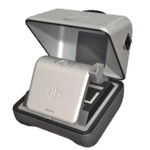
Bone density screenings are an essential strategy for reducing the rate of fractures among women 65 and older.
About BeamMed’s Bone Density Solutions
BeamMed develops, manufactures and markets bone density scanners for assessment and monitoring of osteoporosis. In particular, we lead the market with advanced ultrasound technology and devices that enable physicians to provide early assessment, diagnosis, and monitoring of osteoporosis and to assess bone age. There are already thousands of our devices in use in clinics, physician offices, HMO’s, research centers, hospitals, check-up centers and pharmacies around the world. Fill out a contact information for more questions regarding our product.

